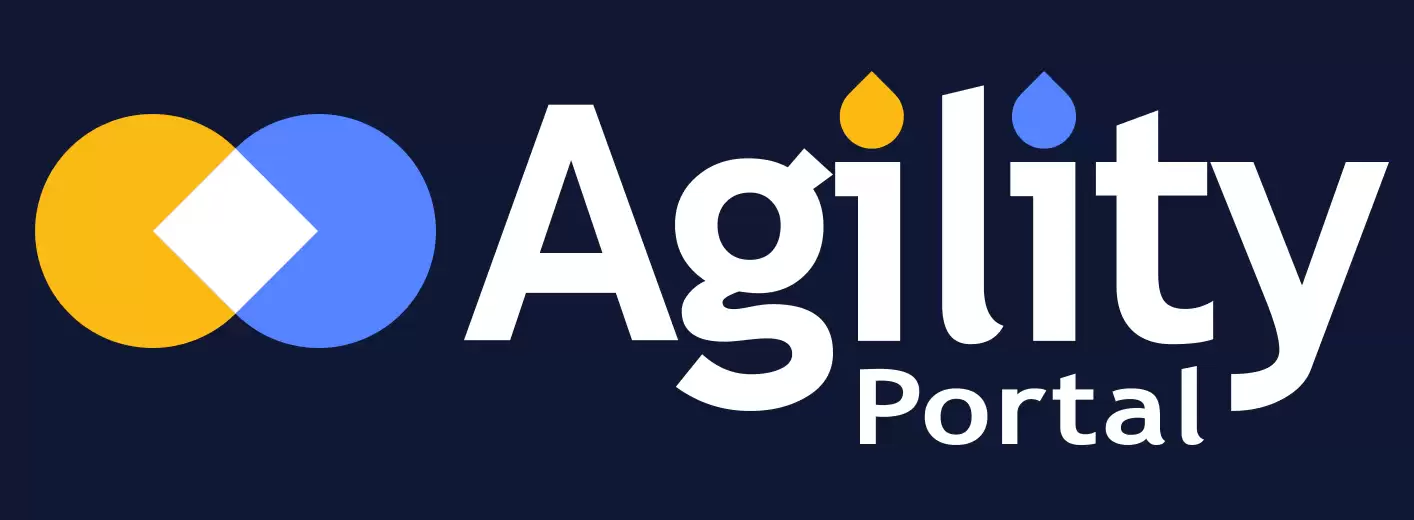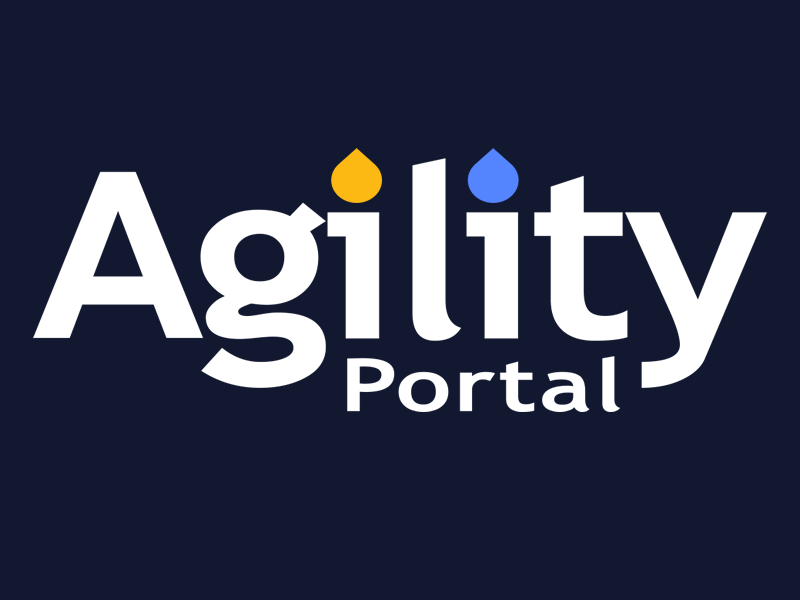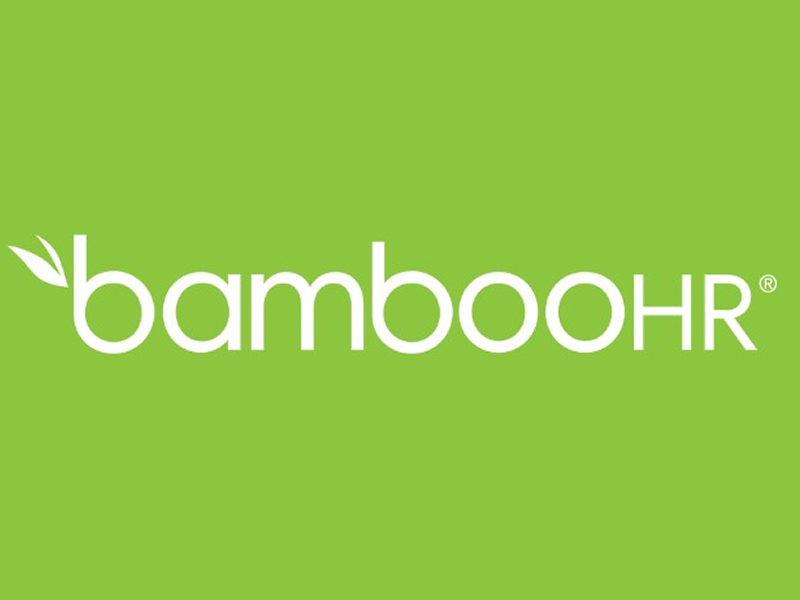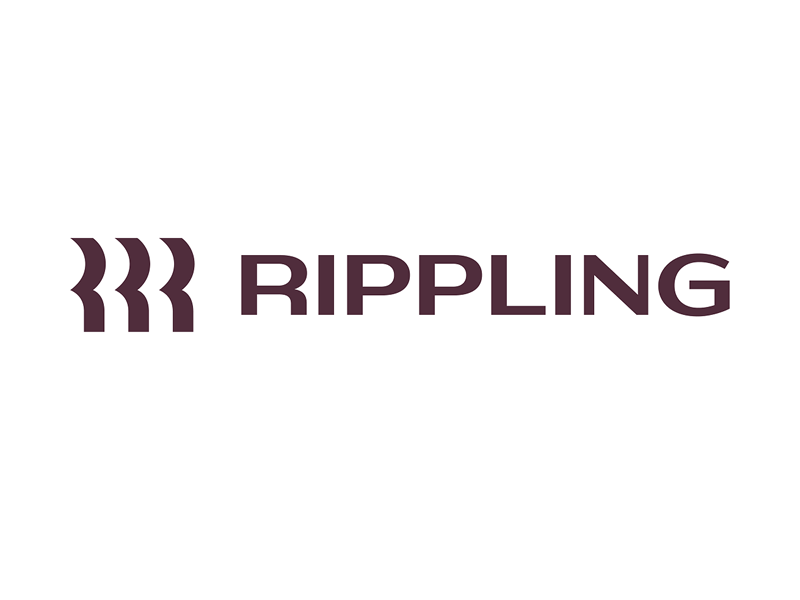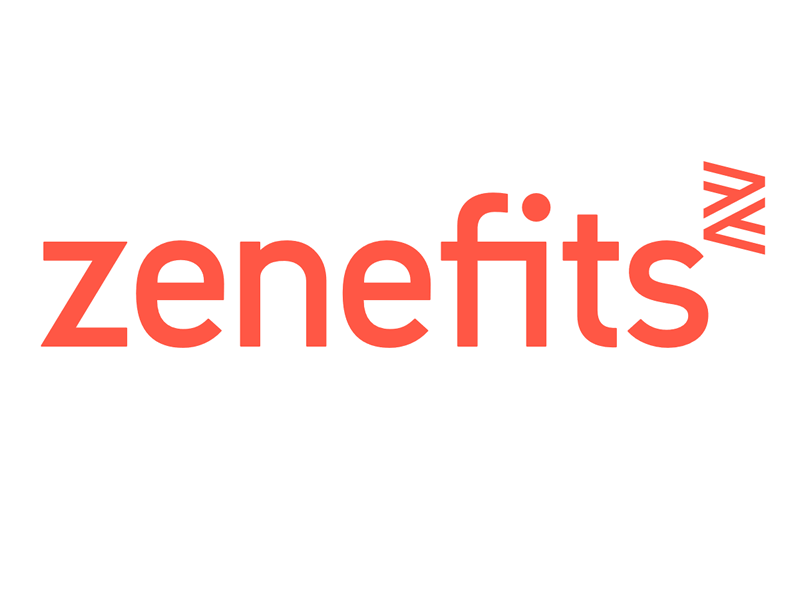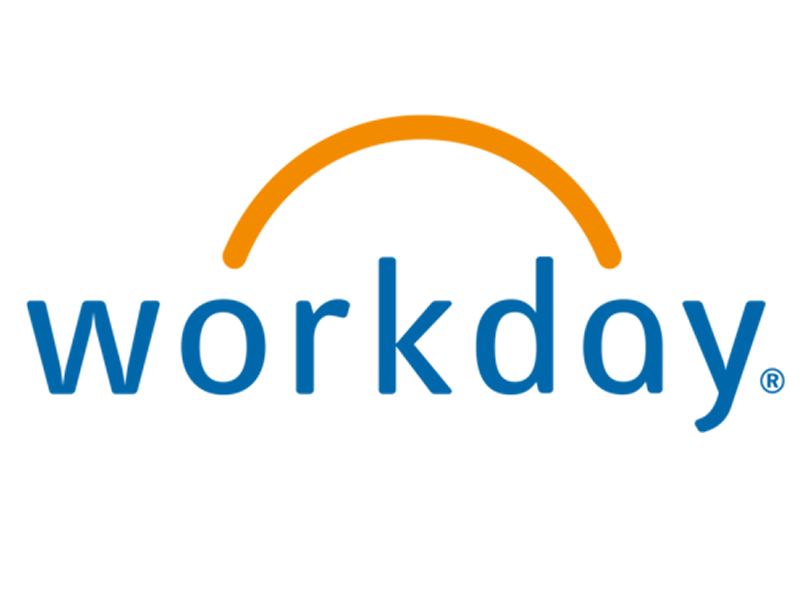Insight Blog
Agility’s perspectives on transforming the employee's experience throughout remote transformation using connected enterprise tools.
14 minutes reading time
(2890 words)
Featured
How HR Software with Leave Management Systems Boosts Compliance
Discover how HR software with leave management systems ensures compliance, reduces errors & automates labor law tracking. Streamline your workforce today!
Does your company struggle with tracking employee leave while staying compliant with labor laws?
Manual processes and outdated systems can lead to errors, missed deadlines, and even legal risks—but the right HR software with leave management can change that.
In this blog, we'll explore how automated leave management systems help businesses:
- Eliminate compliance gaps – Avoid penalties by aligning with labor regulations (FMLA, PTO accruals, etc.).
- Reduce human error – Automate approvals, balances, and reporting for accuracy.
- Centralize records – Keep audit-ready documentation in one secure platform.
- Enforce fair policies – Apply leave rules consistently across teams and locations.
- Simplify reporting – Generate compliance insights with real-time dashboards.
- We will list the best leave management software
Is your current leave tracking system putting your business at risk?
Let's dive into how modern HR software turns compliance from a challenge into a competitive advantage.
Read this article: : Top 6 AI-Powered Project Management Tools To Use In 2023
The Compliance Risks of Manual Leave Tracking
Managing employee leave through manual methods—such as spreadsheets, emails, or paper records—is inefficient and poses significant compliance risks.
According to the Society for Human Resource Management (SHRM), many HR teams rely on these outdated processes, heightening the potential for errors, disputes, and legal repercussions.
Risks Associated with Manual Leave Management:
- Inaccurate Record-Keeping - Manual systems are prone to human error, leading to misplaced requests or incorrect leave balances. Such inaccuracies can result in disputes over unpaid leave and may violate labour laws like the Family and Medical Leave Act (FMLA).
- Inconsistent Policy Enforcement - Managers might approve or deny leave requests inconsistently without standardized automation, exposing the organization to potential discrimination claims.
- Audit and Compliance Challenges - Documentation can lead to audit failures and compliance fines. For instance, inadequate leave records have contributed to organizations facing penalties due to non-compliance with employment record requirements.
The Case for Automated Leave Management Systems:
Transitioning to an automated leave management system can mitigate these risks by:
- Enhancing Accuracy - Automated systems reduce human error, ensuring precise tracking of leave balances and requests.
- Ensuring Consistency - Standardized workflows promote uniform application of leave policies across the organization.
- Improving Compliance - Comprehensive record-keeping facilitates adherence to labour laws and simplifies audit processes.
so, while manual leave management may seem cost-effective, the potential for errors and compliance issues can lead to significant financial and reputational damage.
Investing in an automated leave management system is a proactive step toward safeguarding your organization against these risks.
Check out this post
HRIS Requirements Checklist – Selection, Evaluation & Implementation
HRIS Requirements Checklist – Selection, Evaluation & Implementation
What is a Leave Management Systems?
A Leave Management System (LMS) is a specialized tool within HR software designed to automate and streamline the process of tracking, approving, and managing employee time-off requests. Traditionally handled through spreadsheets or paper forms, leave monitoring is prone to errors, delays, and compliance risks.
Modern cloud-based HR systems, particularly SaaS-based HR software, integrate LMS functionality to eliminate these challenges while improving efficiency and transparency.
Unlike manual methods, a leave management system centralizes all time-off data in a secure digital platform. Employees can submit requests with a few clicks, while managers receive automated alerts for approvals.
The system enforces company policies and labour laws—such as FMLA, PTO accruals, or regional regulations—ensuring compliance without HR intervention. Cloud-based HR solutions enhance accessibility, allowing teams to manage leave from anywhere, on any device, with real-time updates.
For businesses using SaaS-based HR software, leave management often includes advanced features like:
- Customizable leave policies (e.g., unlimited PTO, sick leave tiers)
- Accrual automation (calculating earned time off based on tenure or hours worked)
- Integration with payroll (preventing overpayments or missed deductions)
- Reporting dashboards (tracking trends like absenteeism or burnout risks)
Studies show that companies adopting cloud-based leave management systems reduce administrative workload by 40% while cutting compliance errors by 50%.
By replacing outdated processes with SaaS HR tools, organizations save time, foster fairness, reduce disputes, and empower employees with self-service access.
In essence, a leave management system is no longer a luxury—it's a critical component of modern HR software, enabling businesses to operate smoothly, stay compliant, and support workforce well-being at scale.
Features of Leave Management Systems
Lets get into the the features of LMS, leave management systems streamlines holiday tracking and employee leave management for businesses by automating the entire process. By consolidating everything into a single, easy-to-use online calendar or planner, you gain a clear overview of who's working, on vacation, and scheduled for some well-deserved time off.
This software allows you to handle tasks such as approving or rejecting vacation requests, automatically calculating vacation allowances, preventing leave conflicts, and significantly reducing the time spent on administrative work.
With intuitive features like these, it's no surprise that the leave management software market is growing rapidly.
As technology evolves, these HR tools are becoming increasingly sophisticated, offering even more innovative solutions for employers and employees.
Key features of top-tier leave management software include:
- Accurate tracking of employee leave and absences
- Time-off management
- Streamlined holiday request workflows
- Enforcement of company vacation policies
- Reporting and analytics capabilities
- Integration with calendars
- User-friendly interface
- Staff login access for self-service
- Instant notifications for updates
This type of software is transforming how businesses manage employee leave, making it more straightforward, faster, and more efficient.
How HR Software with Leave Management Solves These Challenges
Modern HR software with integrated leave management systems eliminates these risks by:
- Automating compliance rules – Ensures PTO, sick leave, and FMLA requests align with federal/state laws.
- Providing real-time tracking – Employees and managers see accurate leave balances, reducing conflicts.
- Generating audit trails – Maintains a digital record of every request, approval, and adjustment.
Did you know?
Companies using automated leave systems report 30% fewer compliance issues.
By replacing error-prone spreadsheets with AI-driven HR software, businesses can protect themselves legally while fostering trust and transparency with employees.
5 Benefits of Leave Management Systems
In today's fast-paced work environment, managing employee leave manually is no longer sustainable.
Outdated methods like spreadsheets or paper-based systems create unnecessary complexity, errors, and inefficiencies that can negatively impact both workforce productivity and employee satisfaction.
This is where leave management software becomes a game-changer—offering a structured, automated, and transparent approach to handling time-off requests while delivering significant benefits for businesses and their teams.
1. Simplifying Leave Tracking and Approval Processes
One of the most immediate advantages of implementing a leave management system is the automation of holiday and time-off tracking. Manual tracking is not only tedious but also prone to human error, leading to incorrect leave balances, payroll discrepancies, and even compliance risks.
With automated tracking, employees can easily check their remaining leave days in real time, while HR teams and managers gain an accurate, up-to-date overview without manual calculations.
Approving or denying leave requests becomes effortless with a one-click approval system. Managers no longer need to sift through emails or paper forms—instead, they receive instant notifications and can review requests directly within the platform.
This eliminates delays, reduces administrative workload, and ensures a smoother workflow for everyone involved.
2. A Unified View of Team Availability
A major challenge in workforce management is maintaining visibility over who is off and when. Without a centralized system, scheduling conflicts can arise, leading to operational disruptions or even staffing shortages during critical periods.
Leave management software solves this by providing a single, comprehensive dashboard where managers can see all approved and pending leave requests at a glance. This eliminates guesswork, improves workforce planning, and ensures business continuity.
Also, automated leave clash alerts prevent overlapping time-off requests, reducing scheduling conflicts before they happen.
If two employees from the same department request leave simultaneously, the system flags potential issues, allowing managers to make informed decisions and maintain optimal staffing levels.
3. Eliminating Outdated Spreadsheets and Manual Processes
Many businesses still rely on Excel sheets or paper forms to track employee leave—a method that is not only inefficient but also insecure and difficult to audit. Spreadsheets can be accidentally altered, lost, or mismanaged, leading to disputes and compliance risks.
By transitioning to a digital leave management system, companies can permanently eliminate these outdated processes. A cloud based hris can ensures that all leave data is securely stored, easily accessible, and automatically updated.This not only reduces administrative burden but also enhances data accuracy, making it easier to generate reports for payroll, audits, or compliance reviews.
4. Enhancing HR Efficiency and Employee Wellbeing
Beyond simplifying administrative tasks, an effective leave management system contributes to a healthier workplace culture. Employees appreciate transparency and fairness in how leave requests are handled.
When they can submit requests effortlessly, track their balances in real time, and receive quick approvals, job satisfaction and morale improve.
For HR teams, automation means less time spent on repetitive tasks and more time dedicated to strategic initiatives—such as employee engagement, talent development, and policy improvements.
By reducing manual workload, HR professionals can focus on fostering a positive work environment rather than getting bogged down in paperwork.
5. A Must-Have for Modern Businesses
As workplaces continue to evolve—with remote work, flexible schedules, and global teams becoming the norm—having a scalable, cloud-based leave management system is no longer optional.
Businesses that embrace automation gain a competitive edge by improving efficiency, reducing errors, and enhancing employee experience.
Ultimately, investing in a modern leave management solution is an investment in operational excellence and workforce satisfaction.
Whether you're a small business looking to streamline processes or a large enterprise managing complex leave policies, the right software ensures that time-off management is seamless, fair, and fully aligned with your company's needs.
By replacing outdated methods with an intelligent, automated system, businesses can create a more productive, compliant, and employee-friendly workplace—where leave management is no longer a challenge but a strategic advantage.
5 Best Leave Management Software for Modern HR Teams
1. AgilityPortal – The All-in-One Leave Management Solution
AgilityPortal leads the market with its intuitive, cloud-based leave management system designed for businesses of all sizes. It offers:
✅ Automated leave approvals & real-time tracking
✅ Customizable policies (PTO, sick leave, unpaid leave)
✅ Smart conflict detection to prevent scheduling issues
✅ Seamless HR software integration (payroll, attendance, etc.)
✅ Mobile access for employees & managers
Best for: Companies needing an affordable, user-friendly system with strong automation, more then a leave management.
2. BambooHR – Top Choice for SMBs
A popular HRIS with built-in leave management, BambooHR simplifies time-off tracking with:
✅ Employee self-service portal
✅ Customizable accrual rules
✅ Calendar visibility for team planning
Best for: Small to midsize businesses wanting an all-in-one HR platform.
3. Rippling – Best for Global Workforces
Rippling excels with automated compliance across regions, featuring:
✅ Multi-country leave policy support
✅ Integrated payroll & benefits
✅ AI-powered absence forecasting
Best for: Distributed teams needing global compliance tools.
4. Zenefits – Best for Startups
Zenefits offers a budget-friendly leave tracker with:
✅ Quick setup & minimal training
✅ Mobile app for on-the-go access
✅ Integrations with Slack & Google Calendar
Best for: Startups and fast-growing companies.
5. Workday – Enterprise-Grade Solution
Workday provides advanced leave management for large corporations, including:
✅ Complex policy configuration
✅ Workforce analytics dashboards
✅ High-security compliance
Best for: Enterprises needing scalable, high-volume systems.
Effortless Leave Management with AgilityPortal
Take the hassle out of tracking employee time-off with AgilityPortal's powerful leave management system - your all-in-one solution for simplified absence management.
Our intuitive vacation planner and absence tracker gives you complete visibility over all types of employee leave, whether it's:
- Paid time off (PTO)
- Sick leave
- Protected absences
- Custom leave types
With AgilityPortal, you'll enjoy:
- Automated leave balance calculations - No more manual spreadsheets!
- Smart conflict detection - Instant alerts for overlapping requests
- Mobile-friendly access - Request and approve leave anytime, anywhere
- Customizable approval workflows - Tailored to your company policies
Why struggle with outdated systems?
AgilityPortal transforms leave management from an administrative chore into a seamless process that saves time and reduces errors.
See it in action!
Wrapping up
An advanced leave management system has become a critical component of contemporary human resources operations, delivering significant advantages for both employees and organizations.
By implementing such a system, businesses can achieve operational excellence through streamlined processes, improved productivity, and the cultivation of a supportive work environment.
Modern solutions go beyond basic automation by offering customizable approval workflows that adapt to unique business needs while maintaining strict compliance with labor regulations. These platforms also provide powerful analytics capabilities, enabling data-driven decision making, along with engagement-boosting features like personalized alerts and motivational elements.
Seamless integration with existing HR software maintains data integrity across platforms while eliminating manual reporting burdens. The inclusion of mobile-friendly interfaces empowers staff to submit and track requests anytime, anywhere - a particularly valuable feature in today's flexible work landscape.
When strategically implemented, a sophisticated leave tracking solution serves as more than just an administrative tool.
It becomes a strategic asset that simultaneously:
- Reduces HR workload through automation
- Enhances workforce satisfaction with transparent processes
- Provides actionable insights through comprehensive reporting
- Strengthens compliance with evolving employment laws
Forward-thinking organizations recognize that investing in robust leave management technology yields measurable returns across operational efficiency, employee experience, and overall business performance - making it an essential element of any modern HR technology stack.
Frequently Asked Questions About Leave Management Systems
1. What is a leave management system?
A leave management system is a digital solution, often part of HR cloud-based systems or SaaS-based HR software, that automates the tracking, approval, and reporting of employee time-off requests.
It eliminates manual processes, reduces errors, and ensures compliance with company policies and labor laws.
2. How does leave management software integrate with an HR filing system?
Modern employee leave management software seamlessly connects with HR document management solutions, storing all leave-related records (approvals, balances, and policies) in a centralized, secure database.
This integration ensures smooth workflows between leave tracking and broader HR automation tools.
3. What are the benefits of using the best leave management system?
The best leave management systems offer:
- Automated PTO accruals and approvals
- Real-time visibility into team availability
- Compliance with labor regulations (FMLA, state laws, etc.)
- Integration with ERP human resource management modules and HRIS vendors
- Reduced administrative workload for HR teams
4. Is leave management software suitable for large companies?
Yes, many of the best HRIS systems for large companies include robust leave tracking as part of their integrated human resource management system.
These platforms handle complex policies, multi-location teams, and high request volumes efficiently.
5. Can startups and midsize businesses benefit from leave management tools?
Absolutely! The best HR software for midsize companies and best HRMS software for startups often includes scalable leave management features.
Cloud-based HRIS solutions allow growing businesses to automate leave tracking without heavy IT infrastructure.
6. How does cloud-based leave management differ from traditional methods?
Unlike spreadsheets or paper-based systems, cloud-based HRIS and SaaS-based HR software provide:
- 24/7 access from any device
- Automatic updates and backups
- Integration with HR document management software
- Enhanced security and compliance
7. What should I look for in the best HR document management software?
When choosing human resources document management solutions, prioritize:
- Secure, centralized employee file storage
- Compliance with data protection laws (GDPR, HIPAA, etc.)
- Integration with leave management systems and HR automation tools
- User-friendly access controls
8. How do top HR SaaS companies handle leave management?
Leading top HR SaaS companies offer employee leave management software as part of a broader HRMS platform, featuring:
- Customizable leave policies
- Mobile self-service for employees
- Analytics on absenteeism trends
- API integrations with payroll and scheduling tools
9. Can leave management systems help with compliance?
Yes! The best leave management system ensures compliance by:
- Automating FMLA, ADA, and local leave laws
- Maintaining audit-ready records
- Preventing policy violations through approval workflows
10. How do I choose between HRIS vendors for leave management?
When evaluating HRIS vendors, consider:
- Does it integrate with your existing ERP human resource management module?
- Is it scalable for your company size?
- Does it offer mobile access and real-time reporting?
For businesses seeking an all-in-one solution, AgilityPortal combines leave management systems, HR document management software, and HR automation tools in one user-friendly platform
Read this article: : Top 6 AI-Powered Project Management Tools To Use In 2023
We think you might like to read next

Boost Warehouse Staff Productivity and How Tech Enables Faster, Smarter eCommerce Operations
Okay, so tech is making everything work better these days - and warehouses are getting in on that action. With all this new robot stuff, AI, and intelligent data tracking, companies are figuring out how to do more without working their employees to death. According to McKinsey, warehouses implementing these technologies see 30% higher productivity ...
https://agilityportal.io/blog/warehouse-staff-productivity-ecommerce-fulfillment-technology
Categories
Blog
(2590)
Business Management
(318)
Employee Engagement
(204)
Digital Transformation
(172)
Intranets
(119)
Growth
(118)
Remote Work
(61)
Sales
(48)
Collaboration
(37)
Culture
(29)
Project management
(29)
Customer Experience
(26)
Knowledge Management
(21)
Leadership
(20)
Comparisons
(5)
Ready to learn more? 👍
One platform to optimize, manage and track all of your teams. Your new digital workplace is a click away. 🚀
Free for 14 days, no credit card required.
